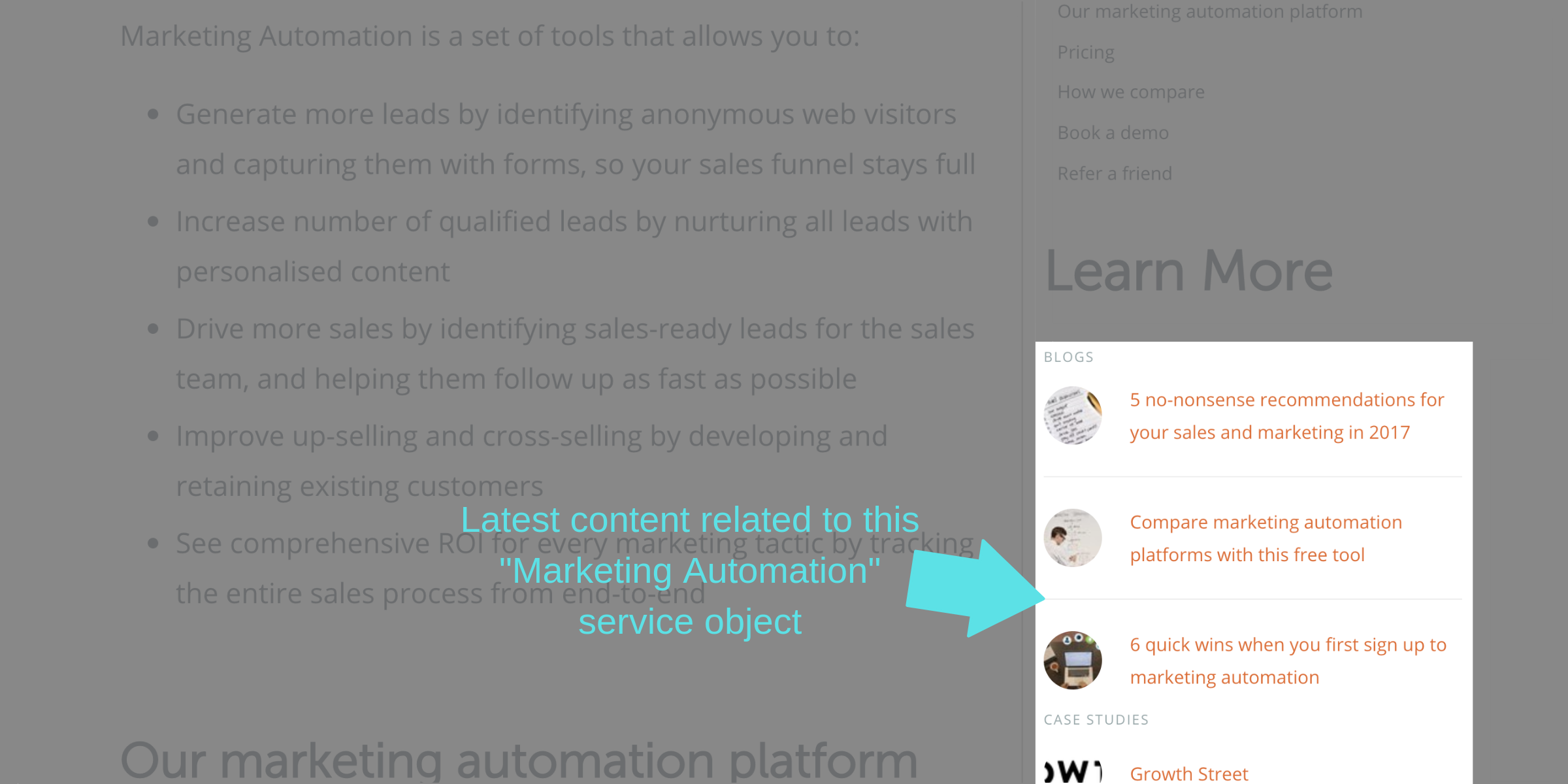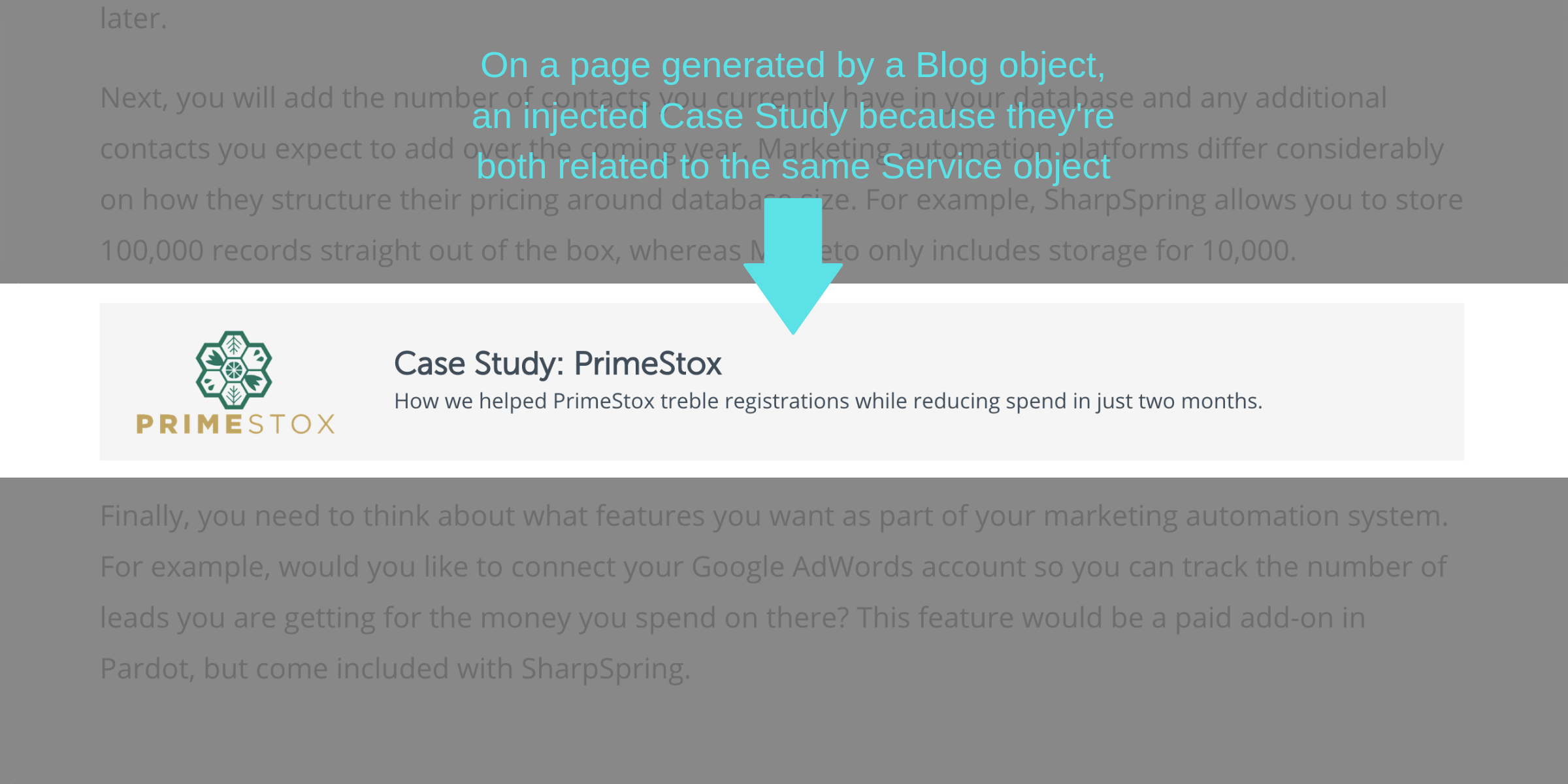Our new website: Objects, not pages.
If you're able to read this, either:
- you're on our shiny new website
- I've screwed something right up
Assuming that it's the first of that list, welcome! The whole team – especially Amelia Caldecott, Neal Dyer and I – have been working hard through whatever spare time we could muster in the last 6 months or so to come up with the site you're using today. I thought I'd take the release as a good reason to talk through what I believe is the most important decision we made when we started this process...
“Objects, not pages”
Websites are made up of individual pages, each with their individual aspects like their title and body content. You can house all sorts of content into a web page that only has those two attributes, and most websites do exactly that. We decided to do something a little different and think in terms of objects rather than pages.
Instead of a Servicepage just having a title and some descriptive text, we create a Service object which can also define attributes like its icon, or its colour. "Great, nothing particularly exciting" you might think, and you'd be right. But by setting up a Service as an object instead of as a page, we can use it in interesting ways. A blog object (not page, obviously) can require related services as one of its attributes, tying those objects together. You could do the same with things like Case Studies. Once you have a few case study and blog objects tied to the same service, you can ensure that the pages generated from those objects are always populated with relevant and dynamically injected content.


That's great too, and the fact that it enables each generated page to be up-to-date with the latest relevant related content is powerful in it's own right. But there's more potential benefits that we can explore through this approach too – things like:
- dynamic marketing automation activity
- send a visitor at the top of the funnel content that is relevant to the service pages they've visited, or services relevant to the case study they read
- funnels auto update as new objects are added
- use of objects within proposals
- it's not much of a jump to include extra information in the service object (that isn't shown on a service page) that could be useful in a proposal
- things like pricing, result lead times, key performance indicators and the like can be included in the object, and automatically populate in new proposals
- latest top line stats from case studies related to a service could be included to help with conversion
I think that we've moved this website in a direction that allows it to become more than just a website, but a place to house the objects that are relevant to us as a business and allow us to use them in whatever way is beneficial. For now, that means generating web pages like the one you're on. Go ahead and have an explore!

Author
Jason Dilworth
Jason rolls together knowledge of programming, automation and data analysis to provide a high level of technical marketing expertise to The Marketing Eye and its clients.
Technical Director / The Marketing Eye
Related Reading

Blog: Time to change the AltFi value proposition
by Neil Edwards, 4 minute read

Blog: Our New Site: Speed Improvements
by Jason Dilworth, 2 minute read